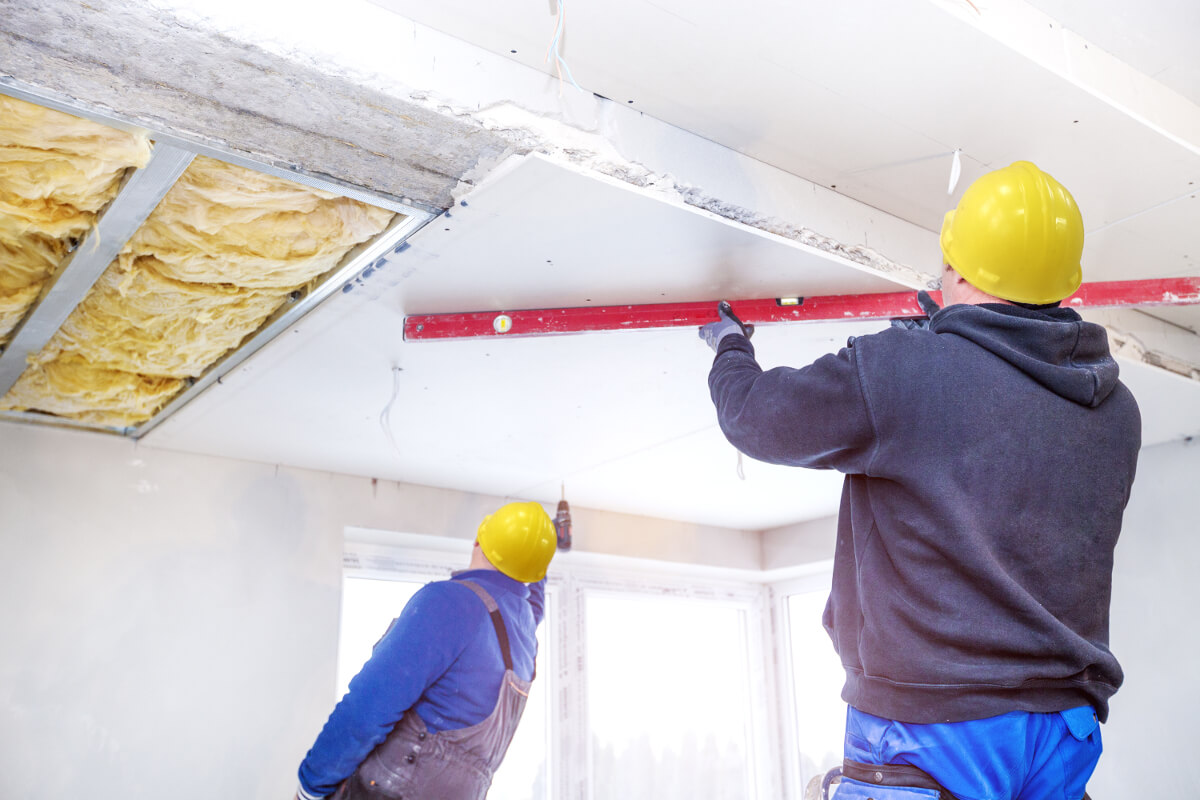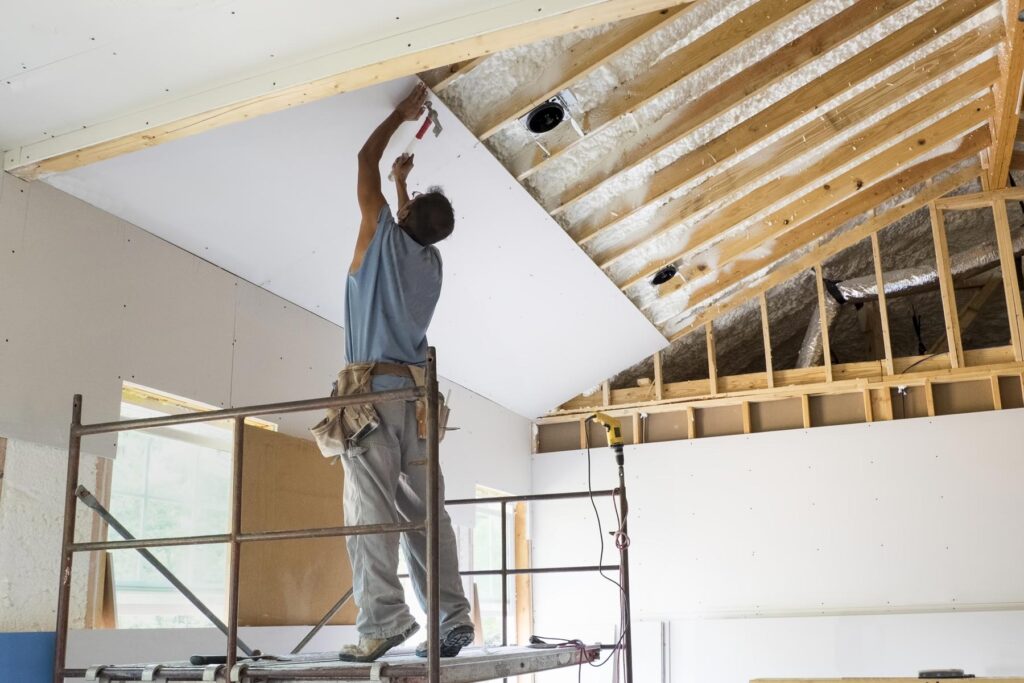Total Guide to Dependable and effective Drywall Setup
Drywall setup is an important element of any kind of building or restoration task, requiring a thorough strategy to make sure both performance and reliability. Comprehending the important tools and strategies is paramount, along with identifying typical pitfalls that can lead to poor outcomes. By systematically preparing the space and executing ideal techniques, one can accomplish a perfect surface that stands the test of time. It is necessary to check out the subtleties of each action in the process, as they jointly contribute to the total success of the drywall setup. What particular methods can boost your approach?
Necessary Devices for Drywalling
When beginning on a drywall installment project, having the right devices is crucial for accomplishing a specialist coating. Essential devices consist of a drywall knife, tape measure, and a T-square, which are basic for accurate measurements and smooth cuts. A drywall lift is also extremely valuable, especially for ceiling installments, enabling easier handling of hefty panels.
For fastening the drywall, a cordless drill and drywall screws are essential. The drill ought to be furnished with a drywall bit to make sure efficiency and precision. Furthermore, a vital device is the drywall saw, which helps with reducing around various other obstacles and electric outlets.

Additionally, safety equipment such as security glasses and a dust mask are important to guarantee individual safety throughout the installation procedure. Making use of the right tools not only enhances the high quality of the installation but additionally enhances the operations, making the task extra effective overall.
Preparing the Space

Next, assess the condition of the ceilings and walls. Fix any kind of existing damage, such as holes, fractures, or peeling paint, to guarantee a smooth and even surface for drywall application. In addition, check for electric outlets, pipes lines, and heating and cooling ducts, noting their areas to prevent difficulties during setup.
It is additionally vital to measure the space properly, identifying the dimensions of the wall surfaces and ceilings to calculate the ideal amount of drywall required. Develop a detailed strategy that includes the format and alignment of the drywall panels.
Setup Methods
Effective installment methods are essential for accomplishing a specialist finish in drywall jobs. Appropriate dimension and cutting of drywall sheets are basic steps. Constantly gauge the wall content area properly, permitting any type of electrical outlets or switches. Utilize an utility blade for tidy cuts, racking up the paper face and breaking the board along the scored line.
When hanging drywall, start from the leading and work downward, guaranteeing that the long edge of the board is vertical to the framework. Secure the sheets with screws rather than nails, which give greater holding power and minimize the risk of popping. Location screws every 12 inches along the edges and every 16 inches in the field of the board.
For edges, utilize corner beads to accomplish sharp, clean edges. When mounting on ceilings, utilize a drywall lift or have a companion help in holding the sheets in location (drywall repair). Maintain a void of regarding 1/4 inch over the floor and ceiling to accommodate expansion and tightening
Finishing Touches

Begin by applying joint tape over the seams. This can be either paper or fiberglass mesh tape, with paper being chosen for its durability. As soon as the tape remains in place, it's time to apply the initial layer of joint substance, likewise known as mud. Make use of a 10 to 12-inch taping knife to spread out the substance uniformly over the taped seams, feathering the sides to mix with the surrounding drywall.
Allow the substance to dry thoroughly, commonly 24 hours. After drying, sand the surface read this area lightly with fine-grit sandpaper to eliminate any type of imperfections. sheetrock repair fort worth. Repeat the mudding and sanding process, usually a couple of coats, making sure each layer is smooth and flush with the drywall surface
Usual Mistakes to Stay Clear Of
Numerous DIY enthusiasts come across mistakes throughout drywall setup that can endanger the final results. One usual error is falling short to effectively reduce and measure drywall sheets.
Another regular error is inappropriate attachment. Utilizing Source also couple of screws or nails can bring about loose drywall, while overdriving bolts can create the paper to tear, damaging the framework. It's critical to maintain constant spacing, commonly every 16 inches, and to guarantee that fasteners are flush with the surface area.
Moreover, not resolving moisture concerns prior to installment can result in mold growth and architectural damages. Always evaluate the environment and use moisture-resistant drywall in high-humidity locations.
Verdict
Reliable and reliable drywall setup requires meticulous focus to detail throughout the procedure. By using necessary tools, preparing the room effectively, and adhering to ideal methods in installment techniques, a perfect coating can be achieved. Additionally, mindful application of joint compound and tape during the finishing stage enhances durability and appearance. Avoiding usual blunders even more adds to an expert result, emphasizing the importance of precision and method in effective drywall tasks.
It is important to check out the subtleties of each action in the process, as they collectively add to the general success of the drywall setup.When getting started on a drywall setup project, having the right tools is important for accomplishing a specialist surface.For securing the drywall, a cordless drill and drywall screws are needed.Effectively preparing the area is essential for an effective drywall installation.Effective installation methods are crucial for achieving an expert surface in drywall projects.